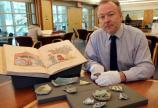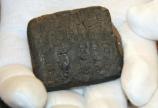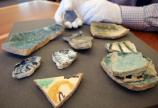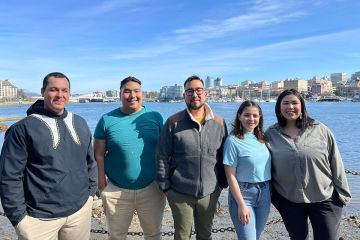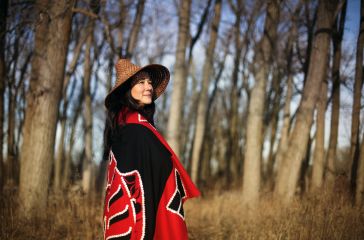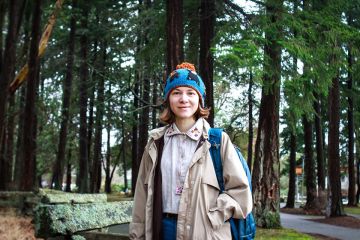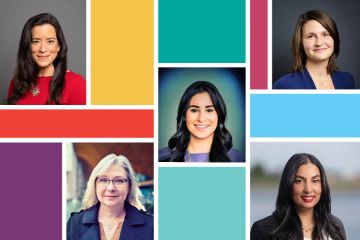Study of Syrian artifacts offer different viewpoints on a troubled region
- John Threlfall
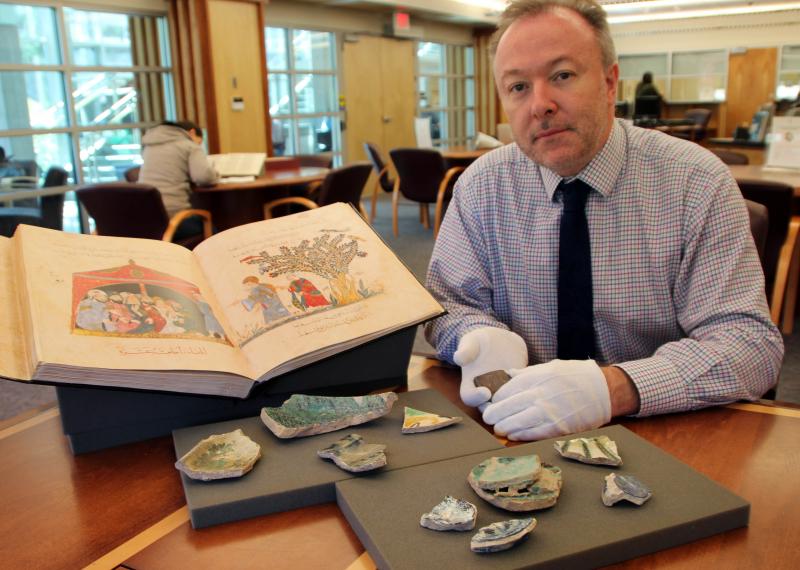
Protecting and learning from Middle Eastern antiquities
When news broke in August that Syrian archaeologist Khaleed al-Asaad had been killed by ISIS for trying to protect his country’s cultural legacy from destruction and looting, it sent a chill through the heart of Art History and Visual Studies professor Marcus Milwright. An archaeologist and professor of Islamic art and architecture, Milwright has worked extensively in Syria—including the ancient city of Palmyra, the UNESCO World Heritage Site for which Khaleed al-Asaad was the head of antiquities.
“I have a feeling of revulsion and horror at the murder of an 82-year-old man, whose only desire was to protect the antiquities of a site he loved,” says Milwright of al-Asaad’s beheading on the steps of his own museum. “From news reports, I gather he was killed for not divulging the whereabouts of the material that were taken out of the Palymyra museum before ISIS arrived in the city.”
Fortunately for both Milwright and his students, UVic’s Special Collections has a small but important collection of Middle Eastern antiquities that will forever be protected. “Syria is one of the richest countries in the world in terms of great sites from every single period of human history. It’s important for people to realize that these sites are vitally important for world history, not just the history of Syria,” he stresses. “Archaeology is very much about context—once things have been blown out of the ground or illegally put onto the art market, much of the information they can give us about the past is gone.”
Milwright hopes his focus on Islamic art and architecture here on campus will offer some positive dimensions to our understanding of current events in the region. “These objects are vitally important for teaching,” he explains. “Students gain first-hand experience of the material and visual qualities of manufactured objects—glazed ceramics, metalwork, glass, paintings—from different periods and geographical regions. This allows for discussions of techniques of manufacture, raw materials, craft practices and the evolution of style, as well as economic aspects revealed through distribution from site of manufacture to places of use.”
Milwright has spent time researching in numerous sites in the region, ranging from Damascus and Aleppo to Palmyra, Hama, Busra, Krak des Chevaliers, Qasr al-Hayr East and Rusafa. His most extensive archaeological work has been in the ancient city of Raqqa, now the centre of ISIS operations. “Raqqa’s museums and archaeological sites have most probably been extensively looted,” he says. “It’s very difficult to get reliable information, but there is evidence of systematic destruction of archaeological sites.” Milwright is also quick to point out the difference between the kind of collateral damage that happens in any conflict and the ISIS destruction of ancient Islamic and Muslim sites for propagandistic purposes.“It’s only after the conflict is finished that we’ll have any sense of what we’ve really lost.”
As such, he stresses the importance of student “handling sessions” with the kind of objects that are currently being destroyed or sold on the black market. “When one is able to handle an object made in medieval or ancient times, it really helps bring that period of history alive. The analytical skills used in such sessions are ones that could build toward careers in art history, museums, the art market and heritage sectors.”
But until it is deemed safe to return to Syria, Milwright is content to work here. “I am continuing to research the cultural heritage of the country through the publication of archaeological finds from Raqqa and the translation of Arabic texts about crafts in the country,” he says.
And while it’s easy to reel in horror at headlines, Milwright also takes it as a reminder of the essential nature of university research. “The only thing we can do is make this material as available as possible through teaching and research, both in classes and public venues.”
Photos
In this story
Keywords: arts, history, research, Middle East, archaeology, art history and visual studies
People: Marcus Milwright

